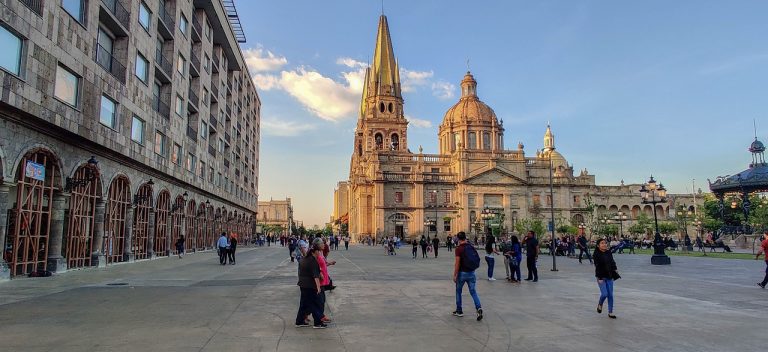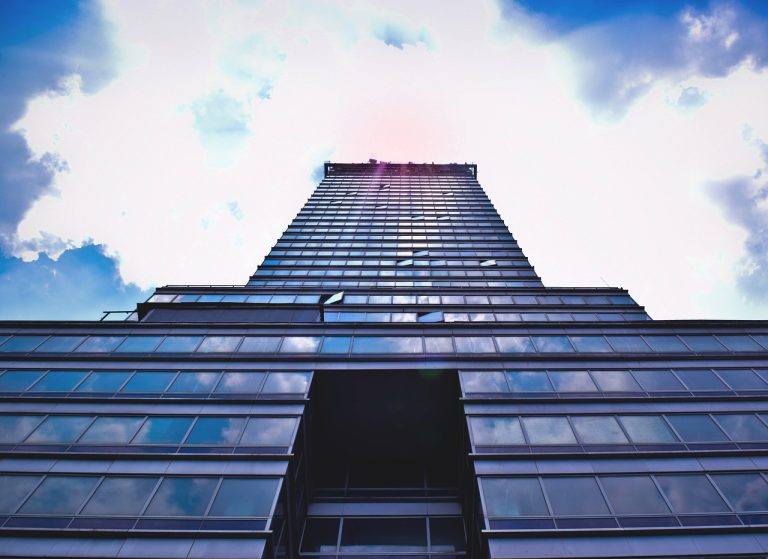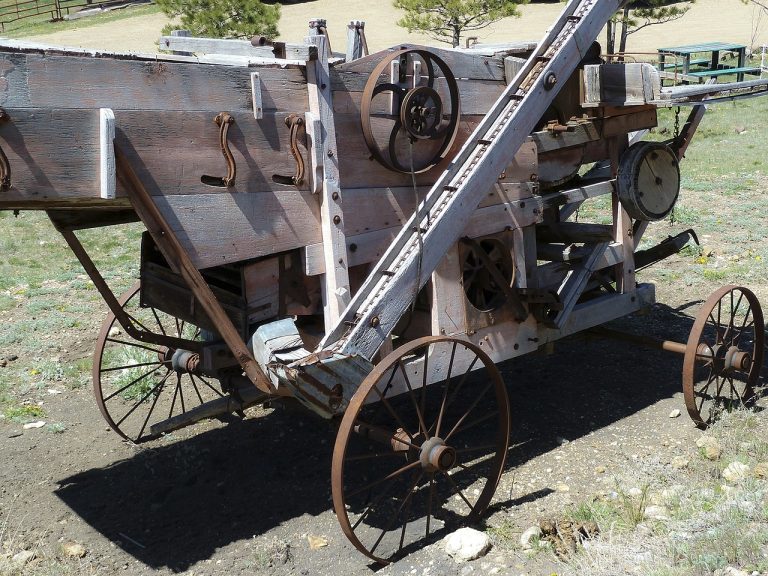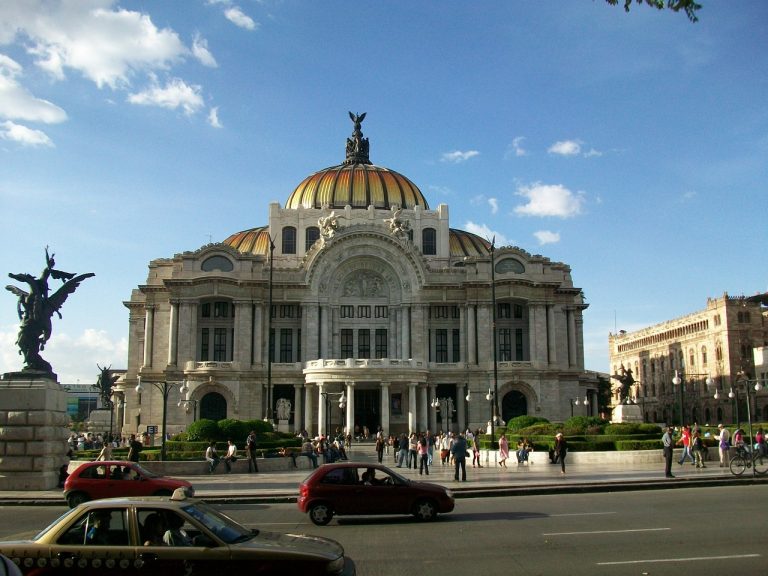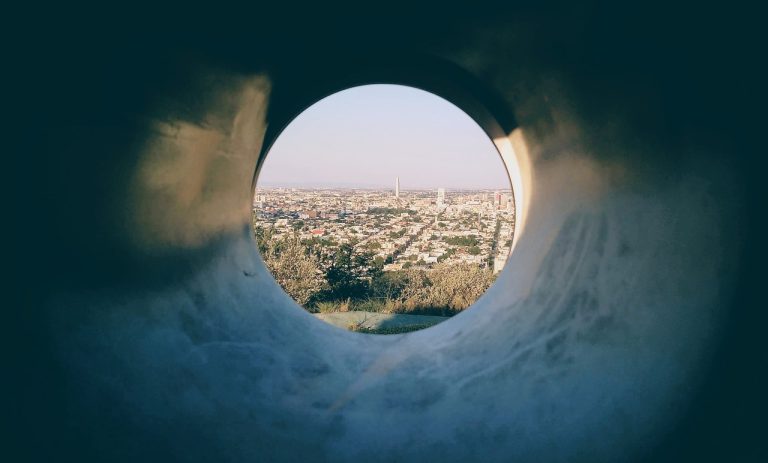Mexico City Mexico Video
The Ancient History of Mexico City
Mexico City, the capital of Mexico, has a rich and diverse cultural history that dates back thousands of years. The region where Mexico City now stands was once inhabited by several indigenous civilizations, including the Aztecs, Toltecs, and Mayans. These ancient civilizations left behind a legacy of impressive architecture, intricate artwork, and complex social structures.
- Teotihuacan: One of the most significant ancient cities in Mexico, Teotihuacan was built around 200 BCE and reached its peak between 450 and 650 CE. It was known for its monumental pyramids, such as the Pyramid of the Sun and the Pyramid of the Moon, which still stand today.
- Tenochtitlan: The capital city of the Aztec Empire, Tenochtitlan was founded in 1325 and became one of the largest cities in the world at the time. The Aztecs built impressive temples, palaces, and causeways, showcasing their advanced engineering and architectural skills.
- Chichen Itza: Located in the Yucatan Peninsula, Chichen Itza was a major Mayan city from the Late Classic to the Terminal Classic period. It is famous for its iconic pyramid known as El Castillo, or the Temple of Kukulcan.
Mexico City Image 1:

The Spanish Conquest and Colonial Influence
In the 16th century, Spanish conquistadors led by Hernan Cortes arrived in Mexico and conquered the Aztec Empire. This marked the beginning of the Spanish colonial period, which lasted for nearly 300 years. The Spanish brought with them their language, religion, and architectural styles, resulting in a fusion of indigenous and European cultures.
- Cathedral of Mexico City: One of the most iconic colonial-era buildings in Mexico City is the Metropolitan Cathedral, also known as the Cathedral of Mexico City. Construction of the cathedral began in 1573 and it is considered one of the largest and oldest cathedrals in the Americas.
- Templo Mayor: The Templo Mayor was a major Aztec temple complex in Tenochtitlan. After the Spanish conquest, the temple was destroyed, and the Metropolitan Cathedral was built on its site. In the 20th century, archaeological excavations uncovered the remains of the Templo Mayor, providing valuable insights into the Aztec civilization.
- Palacio de Bellas Artes: This iconic building is a prime example of the architectural style known as Art Nouveau. It houses a theater and a museum, showcasing Mexican art from different periods.
The Mexican Revolution and Cultural Renaissance
The early 20th century was a transformative period for Mexico City, marked by the Mexican Revolution and a cultural renaissance. The revolution, which lasted from 1910 to 1920, brought about significant political and social changes, leading to the emergence of a new national identity.
- Muralism: The Mexican Revolution inspired a group of artists known as the Mexican Muralists, including Diego Rivera, David Alfaro Siqueiros, and Jose Clemente Orozco. They created large-scale murals depicting Mexico’s history, social issues, and indigenous culture, many of which can be seen in Mexico City.
- Frida Kahlo: One of Mexico’s most renowned artists, Frida Kahlo, gained international recognition for her introspective and symbolic self-portraits. Her former home, known as the Blue House (Casa Azul), is now a museum dedicated to her life and art.
- Palacio de Bellas Artes: The Palacio de Bellas Artes became a hub for cultural activities during this period, hosting exhibitions, concerts, and ballet performances.
Mexico City Image 2:
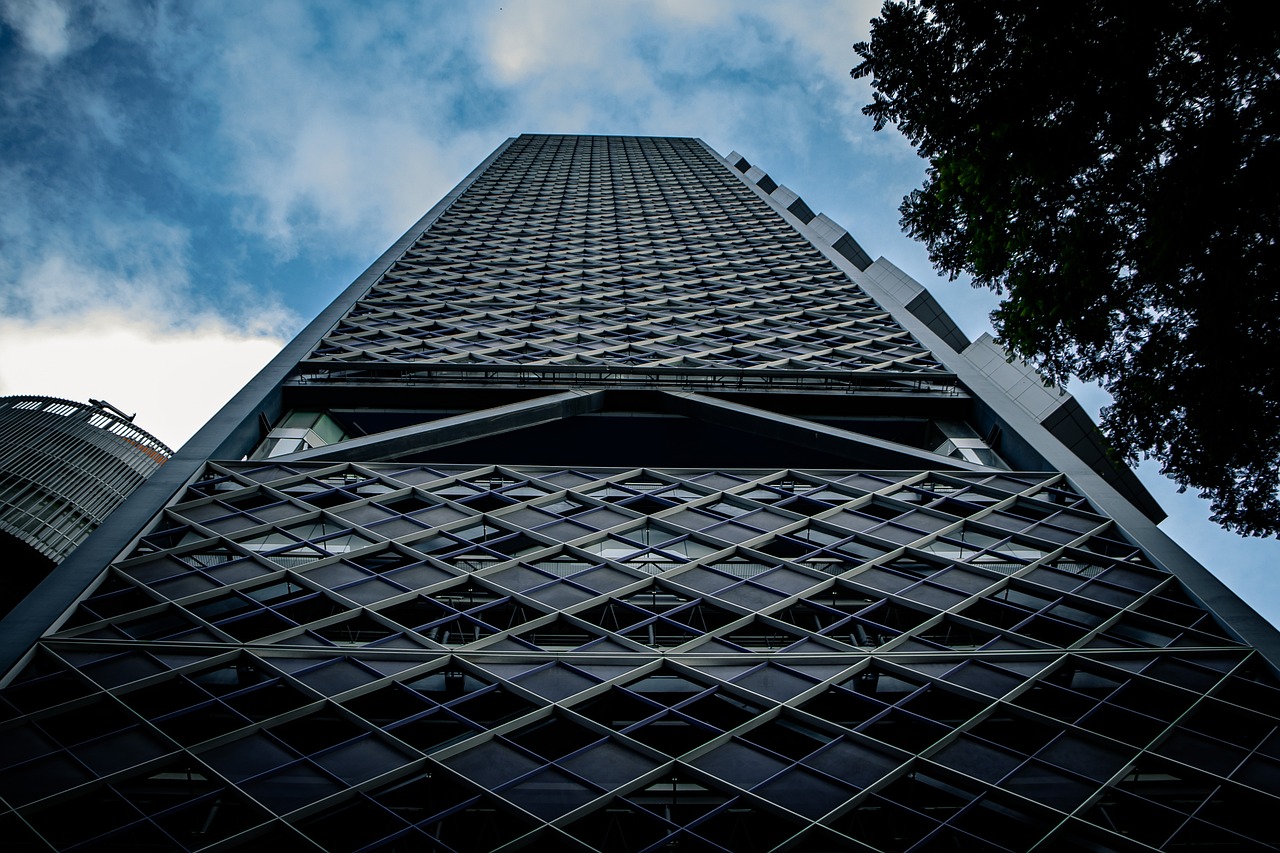
Modern Mexico City: A Cultural Melting Pot
Today, Mexico City is a vibrant metropolis that reflects the diverse cultural influences of its past. It is home to a thriving arts scene, world-class museums, and a rich culinary tradition.
- National Museum of Anthropology: This museum is dedicated to the preservation and exhibition of Mexico’s pre-Columbian heritage. It houses a vast collection of artifacts, including the famous Aztec calendar stone.
- Xochimilco: Known for its colorful trajineras (decorated boats), Xochimilco offers visitors a unique experience to cruise along its canals while enjoying traditional Mexican music and food.
- Chapultepec Park: One of the largest urban parks in the world, Chapultepec Park is a green oasis in the heart of the city. It is home to several attractions, including the Chapultepec Castle, the National Museum of History, and the Modern Art Museum.
Mexico City Image 3:
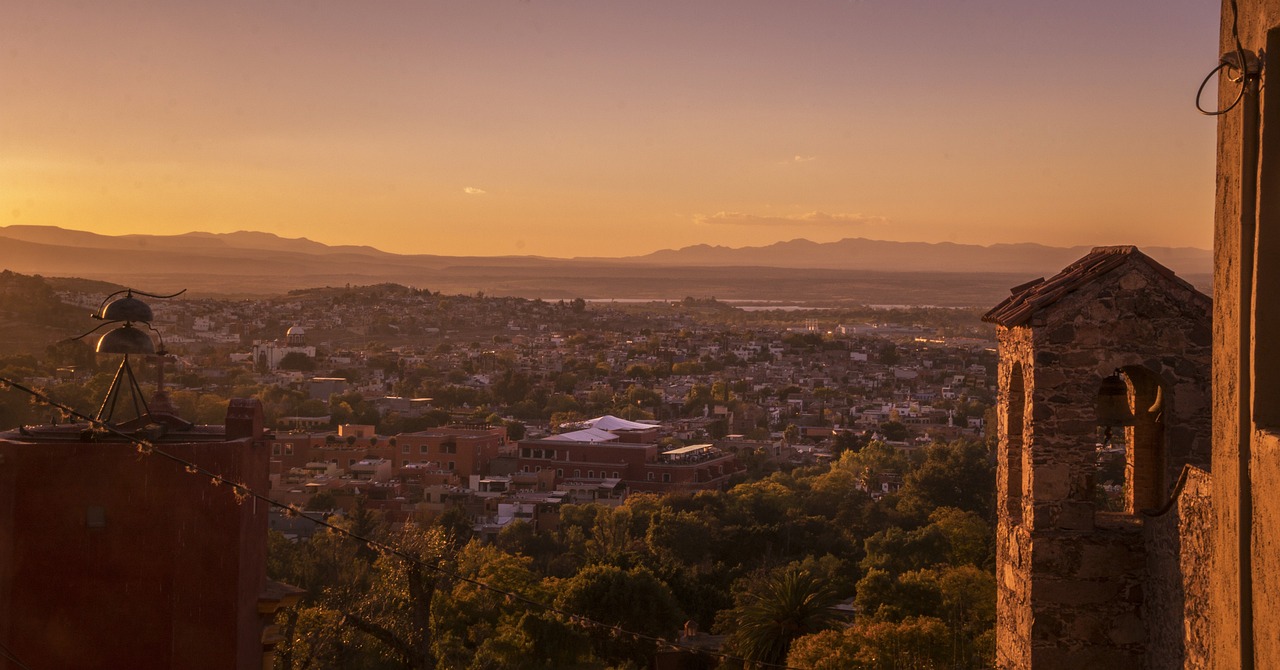
The Gastronomic Delights of Mexico City
Mexico City is renowned for its diverse and flavorful cuisine, which combines indigenous ingredients and techniques with Spanish influences. From street food stalls to high-end restaurants, there is something to satisfy every palate.
- Tacos al Pastor: These mouthwatering tacos are made with marinated pork cooked on a vertical spit and served with pineapple, onion, and cilantro.
- Mole: Mole is a complex and rich sauce made with various ingredients, including chili peppers, chocolate, nuts, and spices. It is often served over chicken or enchiladas.
- Tamales: Tamales are a traditional Mexican dish made of masa (corn dough) filled with various ingredients, such as meat, cheese, or vegetables, and wrapped in a corn husk before being steamed.
The Cultural Events and Festivals
Mexico City is known for its vibrant cultural events and festivals that celebrate its diverse heritage throughout the year.
- Dia de los Muertos: The Day of the Dead is a unique Mexican holiday that honors deceased loved ones. It is celebrated with colorful altars, sugar skulls, parades, and traditional food.
- Zocalo Christmas Festival: The Zocalo, the main square in Mexico City, transforms into a winter wonderland during the Christmas season. It features ice skating rinks, light displays, and festive decorations.
- Cervantino Festival: The International Cervantino Festival is one of the most important cultural events in Mexico, showcasing theater, music, dance, and visual arts from around the world.
Modern Architecture in Mexico City
Mexico City boasts a diverse range of modern architectural marvels that have reshaped its skyline.
- Torre Reforma: Standing at 246 meters, the Torre Reforma is one of the tallest buildings in Mexico City. Its sleek design and sustainable features have earned it international recognition.
- Museo Soumaya: The Museo Soumaya, designed by architect Fernando Romero, showcases an extensive art collection, including works by European masters like Rodin and Dali.
- Estadio Azteca: As one of the largest stadiums in the world, the Estadio Azteca has hosted numerous international sporting events, including the FIFA World Cup.
The Future of Mexico City’s Cultural Evolution
Mexico City continues to evolve and embrace its cultural diversity. With ongoing urban development and preservation efforts, it aims to maintain its rich heritage while embracing new artistic expressions and technological advancements.
References:
- nationalmuseumofanthropology.mx
- mna.inah.gob.mx
- palacio.bellasartes.gob.mx
- fridakahlo.org
- mexicocity.gob.mx
- torrereforma.com
- museosoumaya.org
- estadioazteca.com


